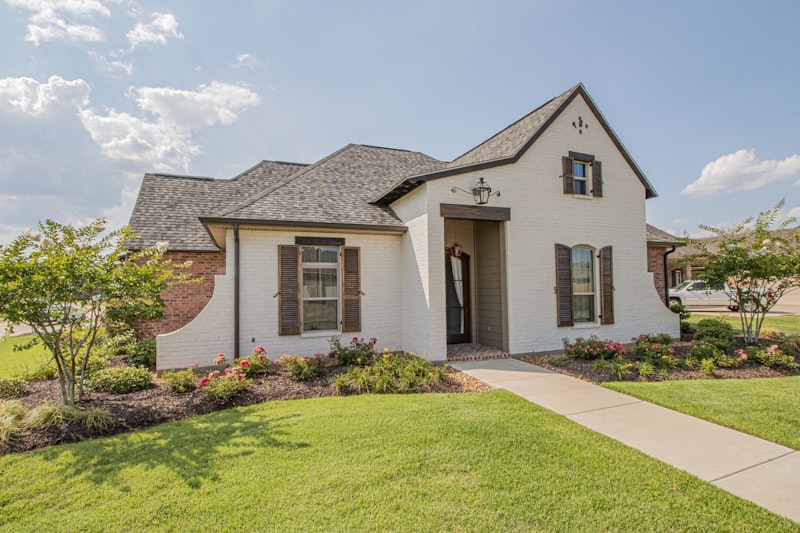Landscaping is one of the best ways to add value and beauty to our homes. Some people also say that whenever they do landscape design, it has a therapeutic effect on them. Whether you want to beautify your front yard or improve your backyard, the options are unlimited. The only limitation is your imagination. All you need is knowledge and some elbow grease.
Having the right knowledge in landscape design is essential to efficiently and adequately beautify your home. If you are new to landscaping and are in desperate need of help, then you came to the right place. We will introduce you to the eight basic principles of landscape design. Knowing these principles will help you perfect your design's balance and harmony.
Unity
Whenever you beautify your home's surroundings, it is crucial to have a plan of attack. Having a concrete image and vision of what you want to put on your front or back yard is essential in ensuring that your landscape design is executed correctly. The principle of unity is vital in every landscape design. Unity makes the landscape whole and harmonious.
Using different plants and materials with different color schemes can make your landscape design chaotic and cluttered. Unity also makes use of repetition. In order to make sure that your landscape design follows the principle of unity, you can make use of materials that have complimenting color schemes and textures.
If you are an absolute beginner and have no idea about landscape design, many landscape design service providers will make your vision into reality. Lamond is a well known and trusted landscape design company that will surely cater to your needs.
Harmony and Contrast
Harmony can be defined as being the same or belonging to one system. Establishing complete harmony is the goal of every landscape design. Ensuring that your design elements fit and work together is key in ensuring that your front or backyard's landscape design becomes an eye-catcher and compliment getter.
Having a mix of good contrast will ensure that your landscape design's focal points will be highlighted and noticed. Giving your landscape the right amount of contrast will spell the difference between a dull landscape and one that excites.
Balance
Balance in landscape design is having different elements work in equal proportions. It is the state of being stable. It is also the state of having no excess and no deficiencies. Obtaining balance in your landscape design will make your landscape comfortable and relaxing. Being able to feel comfortable in a landscape will make your yard more inviting.
There are two (2) types of balance in landscape design. Symmetrical and Asymmetrical balance. Symmetrical balance refers to mirroring both sides of the spectrum. At the same time, asymmetrical balance refers to a more free-flowing design.
Color
No design is complete without color. As the saying goes, "color makes the world go round." Color also gives your landscape the needed depth and dimension. Cool colors tend to make things farther, while warm colors make things seem closer. Color also adds appeal to your landscape.
Colors also have different functions in landscape design. Using color can make your landscape more lively and exciting. You can also use colors to emphasize the specific areas in your yard that you want to be noticed. You can also use color to attract bees and butterflies to promote pollination for a more sustainable landscape.
Transition
Transition defined is the process of changing from one state to another. In landscape design, transition simply means changing gradually from one aspect to another. This is done so that the design will not be monotonous and boring. Having the correct transition will give your landscape design the proper flow it needs.
You can also use different textures and materials that differ in sizes and forms to generate a transition effect in your landscape design. There are also two (2) types of transition, namely sharp and gradual transition. A sharp transition is a relatively quick change, while a gradual transition, as the name suggests, is a slower transition.
Line
Having the correct line is an essential landscape design principle. It is the one that you cannot go without proper knowledge. Lines are used to accentuating focal points, objects, and areas in your landscape. Lines also give you the optical illusion of having distance and depth. The use of correct lines also gives you a sense of movement and direction.
Proportion
Obtaining the right proportion in your landscape design will give you a more comfortable feeling. Proportion is the size or shape of an element in relation to one another and the overall design. Proportion is one principle that is easier to grasp and understand. Make sure that the elements in your landscape are proportionate to one another.
Repetition
As was stated earlier, repetition is directly connected and associated with the principle of unity. Placing plants of the same color scheme allows specific areas of your landscape to impact your audience. repetition also helps the viewers or audience see the landscape design more thoroughly and clearly.
Takeaway
Having the proper knowledge of these basic landscape design principles is essential in making your home beautification project more efficient and budget-friendly. These principles will also help you in making your design free-flowing and less chaotic. Always remember to be creative and utilize the tools that you have for a more enjoyable landscaping experience.

